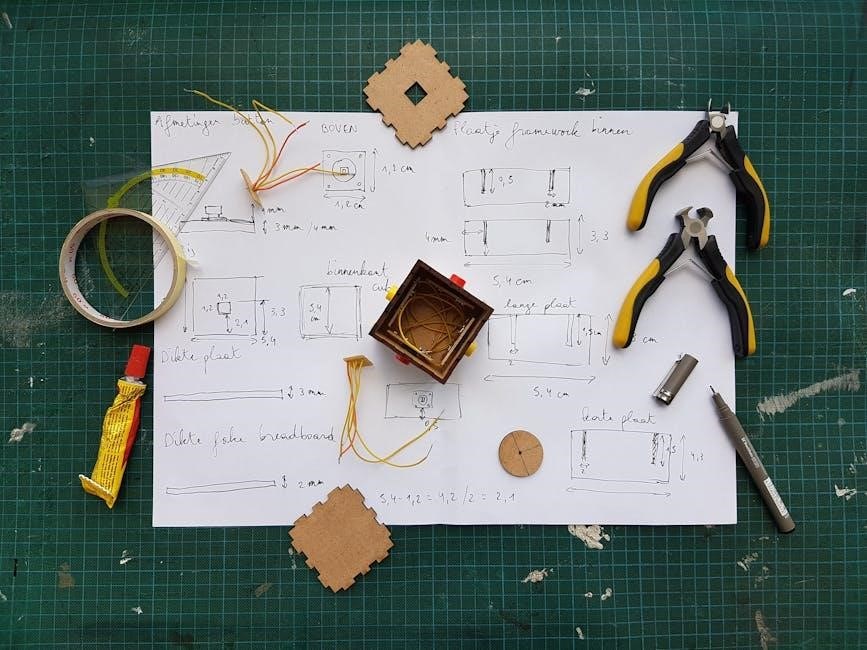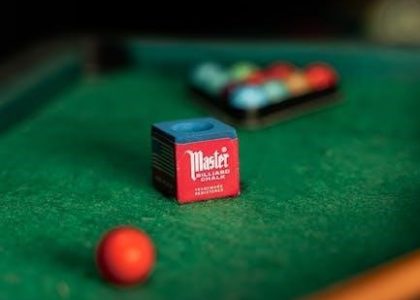Electric Scooter Wiring Diagram Owners Manual
Electric scooter wiring diagrams within an owner’s manual are essential for understanding the scooter’s electrical system. These diagrams provide a visual representation of connections‚ aiding in troubleshooting and repairs. Owners can use them to identify components‚ trace circuits‚ and ensure proper wiring configurations. A well-documented manual empowers users to maintain their scooters effectively.
Understanding Electric Scooter Wiring
Understanding the wiring of an electric scooter is crucial for maintenance‚ repairs‚ and modifications. The wiring system connects various components‚ including the battery‚ motor‚ controller‚ throttle‚ and brakes‚ enabling the scooter to function correctly. A basic understanding involves recognizing different wire colors‚ their corresponding functions‚ and how they interconnect.
The wiring diagram serves as a roadmap‚ illustrating the electrical pathways and connections. Familiarizing oneself with the diagram allows for easier troubleshooting and identification of faulty connections or damaged wires. The diagram typically includes symbols representing different components and lines indicating wire connections. By tracing these lines‚ one can understand the flow of electricity within the scooter.
Moreover‚ understanding the wiring helps in identifying potential safety hazards. Damaged or improperly connected wires can lead to short circuits‚ overheating‚ or even fires. Therefore‚ a thorough understanding of the wiring system is essential for ensuring safe operation and preventing accidents. Whether you are a DIY enthusiast or simply want to maintain your scooter effectively‚ grasping the fundamentals of electric scooter wiring is highly beneficial.
Importance of a Wiring Diagram
A wiring diagram is an indispensable tool for anyone working with electric scooters‚ serving as a comprehensive guide to the scooter’s electrical system. Its importance stems from its ability to simplify complex wiring configurations‚ making it easier to understand and troubleshoot electrical issues. Without a wiring diagram‚ tracing wires and identifying connections can be a daunting and time-consuming task.
The diagram provides a visual representation of the electrical components and their interconnections‚ allowing users to quickly identify the function of each wire and its corresponding terminal. This is particularly useful when diagnosing problems such as a non-functional throttle‚ a dead battery‚ or a malfunctioning motor. By referring to the wiring diagram‚ users can systematically check each connection and component to pinpoint the source of the problem.
Furthermore‚ a wiring diagram is essential for performing modifications or upgrades to the scooter’s electrical system. Whether you are adding new lights‚ installing a different controller‚ or upgrading the battery‚ the diagram provides the necessary information to ensure proper connections and avoid damaging the scooter’s electronics. It is a crucial resource for both experienced technicians and DIY enthusiasts alike.
Locating the Wiring Diagram
Finding the wiring diagram for your electric scooter is crucial for maintenance and repairs. The primary source for this diagram is usually the owner’s manual that comes with the scooter. This manual often includes a detailed schematic of the scooter’s electrical system‚ showing the connections between various components. Make sure to check the appendix or technical specifications section of the manual.
If you’ve misplaced the owner’s manual‚ don’t worry; there are other ways to find the wiring diagram. The manufacturer’s website is a good place to start. Many manufacturers provide digital versions of their manuals‚ which can be downloaded for free. Search for your scooter model on the website and look for a support or documentation section.
Online forums and communities dedicated to electric scooters can also be valuable resources. Other owners may have already located and shared the wiring diagram for your specific model. Use search engines to find relevant forums and browse through discussions or post a request for the diagram.
If all else fails‚ consider contacting the scooter manufacturer directly. They may be able to provide you with a copy of the wiring diagram or direct you to a reliable source. Be prepared to provide your scooter’s model number and any other relevant information to help them assist you.
Common Components in Electric Scooter Wiring
Understanding the common components in electric scooter wiring is essential for effective troubleshooting and maintenance. The battery is a primary component‚ providing the power source for the entire scooter; It connects to the controller‚ which regulates the flow of electricity to the motor and other components. The wiring for the battery includes positive and negative terminals‚ which must be connected correctly to avoid damage.
The motor is another critical component‚ converting electrical energy into mechanical motion to propel the scooter. The motor wiring typically consists of three wires for a brushless motor‚ which connect to the controller. The throttle is responsible for controlling the speed of the motor. Its wiring includes connections for power‚ ground‚ and a signal wire that communicates the desired speed to the controller.
Brake levers are also integrated into the wiring system‚ often with sensors that cut off power to the motor when the brakes are applied. The wiring for the brake levers usually includes two wires that connect to the controller. Lights‚ such as headlights and taillights‚ are connected to the battery through switches and fuses‚ ensuring they receive the correct voltage and are protected from overloads.
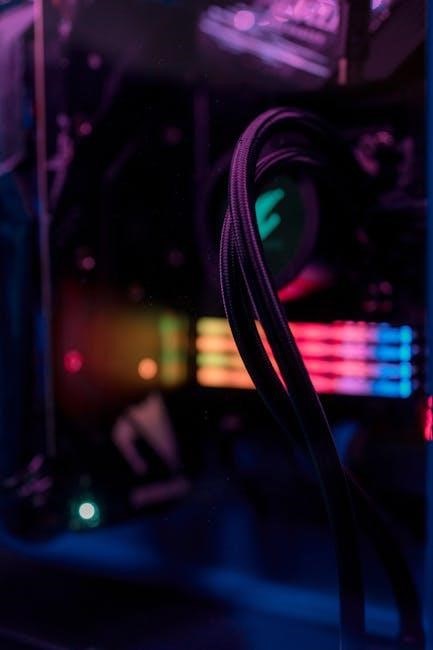
Finally‚ the display panel is a crucial part of the wiring system‚ providing information about battery level‚ speed‚ and other metrics. Its wiring includes connections for power‚ ground‚ and data signals from the controller.
Battery Connections
Proper battery connections are crucial for the reliable operation of an electric scooter. The battery serves as the primary power source‚ and its connections must be secure and correctly polarized to avoid damage and ensure optimal performance. Typically‚ electric scooter batteries have two main terminals: a positive (+) terminal and a negative (-) terminal. These terminals are connected to the scooter’s electrical system using appropriately sized wires.
The positive terminal is usually indicated by a red wire‚ while the negative terminal is indicated by a black wire. It is essential to connect these wires to the corresponding terminals on the scooter’s controller or wiring harness. Reversing the polarity can cause severe damage to the battery‚ controller‚ and other electrical components.
In addition to the main power terminals‚ some electric scooter batteries may also have additional connectors for features such as battery management systems (BMS) or charging ports. The BMS is responsible for monitoring and regulating the battery’s voltage‚ current‚ and temperature‚ ensuring safe and efficient operation. The charging port allows the battery to be charged using an external power source.
When working with battery connections‚ it is crucial to disconnect the battery from the scooter’s electrical system to prevent accidental short circuits or electrical shocks. Always use insulated tools and wear appropriate safety gear‚ such as gloves and eye protection‚ to minimize the risk of injury.
Motor Wiring
Motor wiring is a critical aspect of electric scooter functionality‚ directly impacting performance and reliability. Electric scooter motors typically come in two main types: brushed and brushless. Each type requires a specific wiring configuration to operate correctly.
Brushed motors typically have two wires: one positive and one negative. These wires connect directly to the motor controller‚ which regulates the flow of current to the motor‚ controlling its speed and direction. The wiring is relatively simple‚ making it easier to troubleshoot and repair.
Brushless motors‚ on the other hand‚ have three wires‚ often colored green‚ blue‚ and yellow. These wires connect to the motor controller‚ which uses a more complex algorithm to energize the motor’s coils in a specific sequence‚ creating a rotating magnetic field that propels the scooter. The wiring for brushless motors is more intricate and requires a deeper understanding of electrical principles.
In addition to the power wires‚ some electric scooter motors may also have additional wires for sensors‚ such as Hall effect sensors. These sensors provide feedback to the motor controller‚ allowing it to accurately determine the motor’s position and speed. This information is used to optimize motor performance and efficiency.
When working with motor wiring‚ it is crucial to ensure that all connections are secure and properly insulated. Loose or corroded connections can cause performance issues‚ such as reduced power‚ jerky acceleration‚ or complete motor failure. Always consult the electric scooter’s wiring diagram and follow the manufacturer’s instructions carefully.
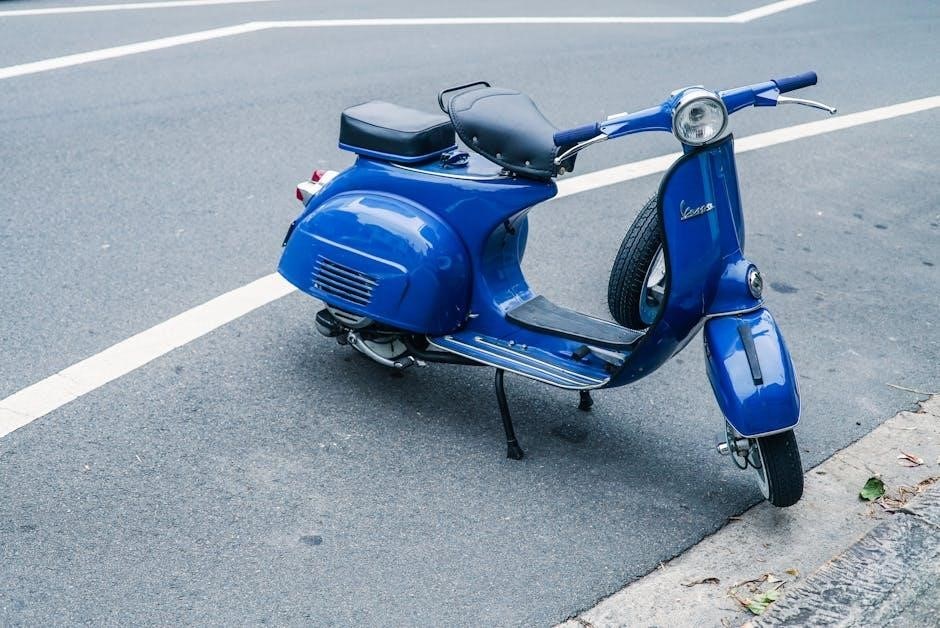
Controller Wiring
The controller is the brain of an electric scooter‚ managing power distribution and motor operation. Understanding controller wiring is crucial for troubleshooting and modifications. The controller connects to various components‚ including the battery‚ motor‚ throttle‚ and brake levers.
Battery connections are vital‚ with positive and negative terminals supplying power to the controller. Incorrect polarity can damage the controller. Motor wires‚ typically three for brushless motors‚ connect to the controller to drive the motor. The controller regulates the current flow‚ controlling speed and torque.
Throttle wiring sends signals to the controller‚ indicating the desired speed. The throttle usually has three wires: power‚ ground‚ and signal. The signal wire transmits a voltage that varies with throttle position. Brake lever wiring provides a safety feature‚ cutting off power to the motor when the brakes are applied.
Additional wires may include those for lights‚ displays‚ and other accessories. Each wire serves a specific function‚ and proper connection is essential for the scooter to operate correctly. A wiring diagram is invaluable for identifying each wire and its purpose.
When working with controller wiring‚ ensure the scooter is powered off and the battery is disconnected; This prevents accidental shocks and damage to the electronics. Always double-check connections and refer to the wiring diagram before powering on the scooter.
Throttle Wiring
The throttle is the rider’s primary interface for controlling the speed of the electric scooter. The throttle wiring connects the throttle mechanism to the controller‚ transmitting the rider’s desired speed. Understanding throttle wiring is essential for troubleshooting issues like unresponsive acceleration or erratic speed control.
Typically‚ a throttle has three wires: a power wire (usually red)‚ a ground wire (usually black)‚ and a signal wire (often green‚ white‚ or blue). The power wire provides voltage to the throttle‚ while the ground wire completes the circuit. The signal wire carries a variable voltage that corresponds to the throttle position.
When the throttle is twisted‚ the voltage on the signal wire changes‚ signaling the controller to adjust the motor speed accordingly. A higher voltage indicates a greater desired speed. The controller interprets this signal and regulates the power delivered to the motor.
Common throttle issues include loose connections‚ damaged wires‚ or a faulty throttle sensor. If the scooter does not respond to throttle input‚ check the wiring connections first. Ensure that the wires are securely connected and that there are no breaks or shorts.
If the wiring is intact‚ the throttle sensor may be the problem. Using a multimeter‚ you can test the voltage on the signal wire as you twist the throttle. If the voltage does not change smoothly‚ the throttle may need to be replaced. Always refer to the wiring diagram for specific color codes and wire locations.

Brake Lever Wiring
The brake lever wiring is a critical safety component in an electric scooter. It ensures that when the brakes are applied‚ the motor is immediately cut off‚ providing effective stopping power. Understanding the brake lever wiring is essential for maintaining the scooter’s braking system and preventing accidents.
Typically‚ the brake levers are connected to the controller via two wires. These wires are connected to a switch inside the brake lever assembly. When the brake lever is pulled‚ the switch closes‚ sending a signal to the controller to cut power to the motor. This simultaneous action of braking and motor cutoff enhances safety.
There are two common types of brake lever wiring configurations: normally open (NO) and normally closed (NC). In a normally open configuration‚ the circuit is open until the brake lever is pulled‚ closing the circuit and signaling the controller. In a normally closed configuration‚ the circuit is closed until the brake lever is pulled‚ opening the circuit and signaling the controller.
Common issues with brake lever wiring include loose connections‚ damaged wires‚ or a faulty brake lever switch. If the motor does not cut off when the brakes are applied‚ check the wiring connections first. Ensure that the wires are securely connected to the brake lever switch and the controller.
If the wiring is intact‚ the brake lever switch may be the problem. Using a multimeter‚ you can test the continuity of the switch when the brake lever is pulled. If the switch does not change state‚ it may need to be replaced. Refer to the wiring diagram for specific color codes and wire locations.
Troubleshooting Wiring Issues
Troubleshooting wiring issues in an electric scooter requires a systematic approach and a basic understanding of electrical circuits. A wiring diagram is essential for this process‚ providing a visual guide to the connections and components. Start by identifying the symptoms‚ such as a non-functional motor‚ erratic acceleration‚ or a dead battery.
Begin by visually inspecting all wiring for any signs of damage‚ such as frayed wires‚ loose connections‚ or corrosion. Pay close attention to areas where wires are exposed or subject to movement. Use a multimeter to test for continuity and voltage at various points in the circuit‚ following the wiring diagram to ensure accurate readings.
If the motor is not working‚ check the motor wires and the controller connections. Ensure that the motor is receiving power from the controller. If the acceleration is erratic‚ inspect the throttle wiring and the connections to the controller. A faulty throttle can cause inconsistent speed control.
If the battery is not charging or holding a charge‚ check the battery connections and the charger wiring. Use a multimeter to test the voltage of the battery and the output of the charger. A damaged battery or a faulty charger can prevent proper charging.
When troubleshooting‚ always disconnect the power source to prevent electrical shock. Use insulated tools and wear safety glasses to protect yourself from potential hazards. If you are not comfortable working with electrical circuits‚ seek the assistance of a qualified technician.
Safety Precautions When Working with Wiring
Working with electrical wiring in an electric scooter can be hazardous if proper safety precautions are not followed. Before starting any work‚ disconnect the battery to prevent electrical shock. Ensure the scooter is turned off and the key is removed.
Always use insulated tools to avoid accidental shorts or shocks. Wear safety glasses to protect your eyes from sparks or debris. Work in a well-lit area to clearly see the wiring and components. Avoid working in damp or wet conditions‚ as water can increase the risk of electrical shock.
When handling wires‚ be gentle and avoid pulling or yanking them. Damaged wires can create short circuits or cause the scooter to malfunction. Use a multimeter to test for voltage and continuity before touching any wires.
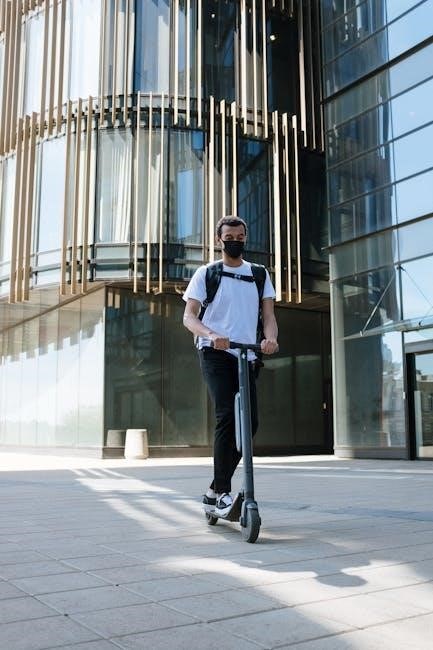
If you are not comfortable working with electrical wiring‚ seek the assistance of a qualified technician. Incorrect wiring can damage the scooter or cause serious injury. Always double-check your work before reconnecting the battery.
Keep a fire extinguisher nearby in case of electrical fires. Never use water to extinguish an electrical fire. Use a Class C fire extinguisher specifically designed for electrical fires. Be aware of the location of the nearest electrical shut-off switch in case of an emergency.
By following these safety precautions‚ you can minimize the risk of injury and ensure a safe working environment when working with the wiring of your electric scooter.

